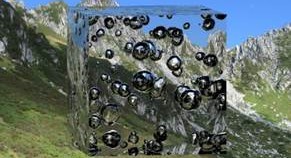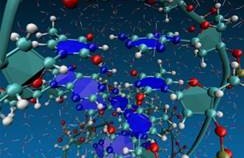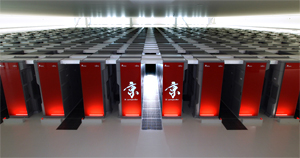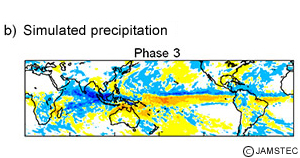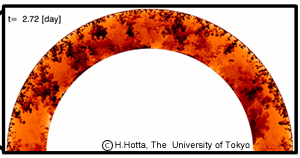
2016.05.30 update
K computer used to demonstrate possibility of predicting typhoon genesis two weeks in advance - First step toward realization of typhoon prediction -
Researchers demonstrated that it is possible to predict tropical cyclogenesis about two weeks in advance. The finding is based on simulations of eight tropical cyclones (11-18th typhoons) in August 2004, by applying NICAM (Nonhydrostatic ICosahedral Atmospheric Model), which is designed to represent detailed features of clouds around the globe.
Currently tropical cyclogenesis is predicted 1 to 5 days in advance in actual weather forecasts, and it is inaccurate despite the short forecast period. The new simulation examined convective activity in the Philippine Sea. Out of the 8 typhoons, 6 were well predicted. Especially, the 15-18th typhoons were successfully predicted two weeks before the genesis.
We expect the post K supercomputer, which will be completed in 2020, to enable a number of simulations with more highly accurate data than now.
Nakano M., Sawada M., Nasuno T., and Satoh M. (2015) Geophys. Res. Lett. doi:10.1002/2014GL062479.
Figure : Typhoon 18th of the year 2004 ("Typhoon 200418 SONGDA" by NASAOriginal uploader was Tdk at ja.wikipedia - http://eol.jsc.nasa.gov/scripts/sseop/photo.pl?mission=ISS009&roll=E&frame=21526Transfered from ja.wikipedia. Licensed under Public Domain via Wikimedia Commons )
- Related Links
-
JAMSTEC (Press Release)




